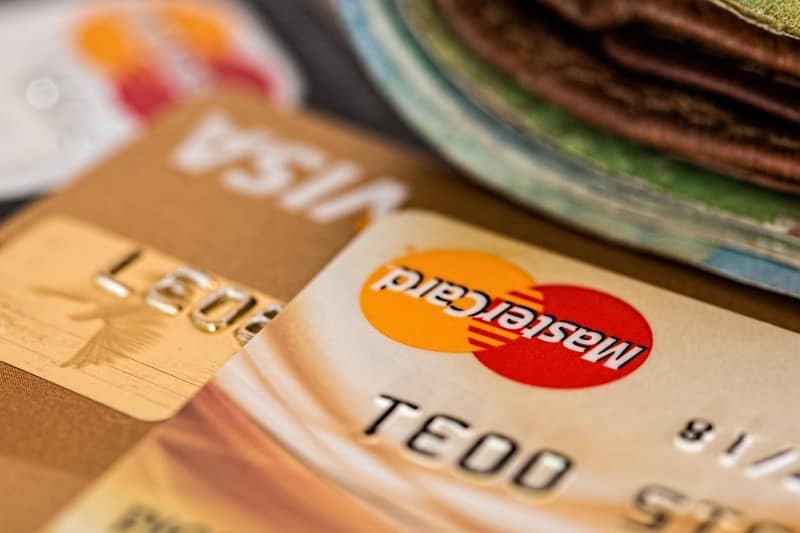In an increasingly tech-savvy world, new opportunities present new risks, such as Card Not Present transaction fraud. Jenny Nedanovski from MYOB shares some things you can do to help protect your business. Image from Visualhunt. ~WizeOwl
–
The number of fraudulent card transactions in on the rise in Australia, and it requires a different response.
The world of payments has changed significantly in recent years, and the pace of change is accelerating.
Rapid innovations in payments technology and services has created a more digital and connected environment.
Australians are embracing the convenience of ‘contactless’ cards, online shopping continues to grow and mobile payments are gaining traction. The steady rise in online shopping effectively illustrates the changing payments landscape.
The rate of fraud on all Australian cards and cheques increased from 24.5 cents per $1000 in 2015 to 28.9 cents per $1000 in 2016.
In 2016, Australians transacted $1.8 trillion using cards and cheques and just under 0.03 percent were fraudulent transactions.
That doesn’t sound like a lot, but it equates to $540 million.
When you’re a small business owner, even a fraudulent transaction of $500 is enough to cause serious headaches.
Why is this happening?
Businesses are moving online and so is the acceptance of payments from Card-Not-Present (CNP) transactions.
CNP transactions include mail orders and telephone transactions, but the clear majority are online transactions.
The challenge with CNP transactions is that transactions cannot be authenticated using the same processes used at the physical POS – because you can’t look at the card.
CNP transactions require an alternative approach to authenticate the cardholder.
In addition to fuelling this is the explosive growth in number of high profile data breaches like Yahoo, this the perfect storm for CNP Fraud.
What can merchants do to protect themselves against CNP Fraud?
Usually, when a transaction is deemed to be fraudulent it’s a problem for the merchant as it becomes the merchant’s responsibility to refund the customer (the dreaded chargeback).
The default response to this is to point to 3D Secure.
3D Secure helps combat fraud via credit card programs such as Verified by Visa and MasterCard SecureCode.
It not only reduces disputes and fraudulent activity, it also helps create a level of consumer trust and confidence in online transactions.
Even if a customer isn’t registered with 3D Secure, they can still make a purchase from your website.
The kicker here is that thanks to the technology, the liability for a fraudulent transaction shifts back to the issuing bank instead of the merchant.
Real-time fraud management system
Dynamic fraud rules and parameters can be created and applied in real-time, enabling merchants to react rapidly to new fraud trends and intervene in fraud cases as they develop.
You only need to set them up once – then it’s about adjusting if you need to.
Applying machine learning enables quicker detection of suspicious behaviour.
Where it might take years for a team of highly skilled fraud analysts to design relevant rules to detect fraud, machine learning can do this in a fraction of the time.



